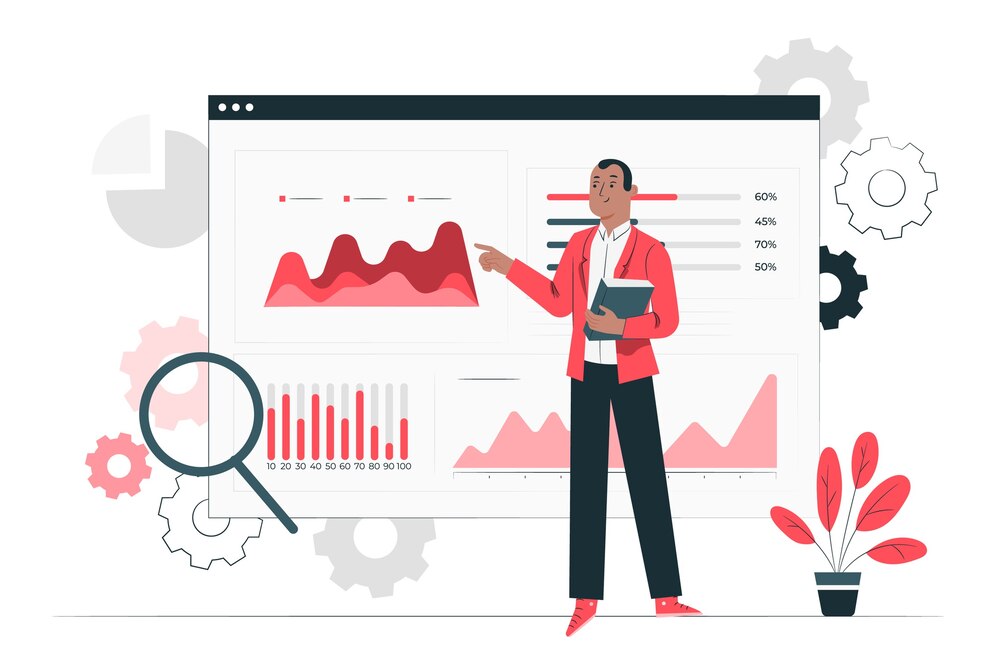
You may be producing the best marketing content out there, have planned a water-tight campaign and invested in the platforms to send and monitor your email marketing’s performance, but if you’re not focused on maximising email engagement, it will all be in vain.
Email engagement is arguably the most important but often overlooked part of email marketing, so we want to share a brief, but comprehensive guide on how to boost those open and click-through rates.
Data quality
We’re a broken record but we won’t stop highlighting how crucial it is to start with quality data for higher engagement rates. High validity is key, a minimum of 96% email validity is needed to protect your email sender reputation (ESR) and make sure your content is going to inboxes, not the spam folder.
If you’re sending marketing to an email database with high invalidity rates (Hard Bounces) email domains will begin to flag your domain as spam, something that’s very hard to reverse. Therefore, it’s vital to cleanse your database regularly to keep on top of the constant deterioration of your email data.
Open rates
Open rates are still the most important metric of your overall email reach, if no one’s opening and reading, they’ll never get to click on your call to action (CTA). Along with selecting, segmenting, and qualifying your data, you can also improve parts of your message. A strong open rate sits between 20%-40%.
Email design

Generally, although the design of an email is important in grabbing attention and reflecting your brand, you should consider keeping the format and design simple, especially for cold email marketing campaigns. The more complex the design and the increased number of hyperlinks are going to send the email to the spam folder.
For cold email campaigns such as onboarding, you want to keep the hyperlinks low (1-2 per email). Utilise bullet points, font size and colour to highlight key areas you want to read, this gets the message delivered whilst keeping the spam risk low.
Subject line
This is everything, a poor subject line will not only stifle engagement but could send your otherwise great message straight to spam. The subject line text should be the following:
- 3-4 words in length.
- Simple reading level.
- Avoid spam-scoring words like “sale”, “free”, and “special offer”.
- Personalisation is sometimes good, but too much will give your email a “salesy” look.
This varies for each email, but we find “{Target organisation name} {Subject} e.g. “The Data Business’s marketing” works well. A subject line only needs to trigger intrigue to read the message, it doesn’t need to try and explain the whole reasoning. Think about which subject lines trigger your curiosity on a regular basis and save them.
Timing

There is debate on the best day and time to send marketing, unfortunately, there is not a definitive answer. In general, you want to avoid busy days (Monday mornings, Friday afternoons) and peak times 9:30-11:30 and 14:30-17:30. Some marketers suggest sending emails earlier than they used to (between 8:30-9:30) as more are working from home earlier or have email access on a commute.
Click Through Rate (CTR)
Today, CTRs are seen as the most reliable metric of email engagement. Many platforms vary in what they count as an open rate, but CTRs are more concrete. The CTR also allows for more in-depth marketing analysis as teams can run reports on which content and offer links receive higher rates of engagement at specific periods of the campaign. A strong click-through rate ranges between 5%-10%.
Personalisation
Personalising your message and judging the formality of the person you are addressing is an important early step. Few leads are going to engage with your message if they feel they are being written to as one of hundreds of prospects. But do take into account that clumsy or over-use of personalisation can come off as disingenuous, subtly is often best. Today’s ESPs make personalisation easier than ever, but segmentation into different groups can only be possible with quality data.
Keep the message short
You can’t control it, but your message is one of dozens that your prospect receives on a daily basis. In recent years we’ve all become accustomed to skimming through emails for relevancy and sending those which don’t pass the test straight into the junk folder.
This means that you need to get to the point of your email and stick there. It’s tempting to want to show off all your company’s benefits in one delivery, but it’s much more effective to pace these out through targeted messages over several weeks.
Keep sentences and paragraphs short and succinct. Explore varying the format for key points such as bullet points or bolder text. The prospect will decide whether this is something they want to explore; you just need to give them the best opportunity to understand the benefits your company brings.
Call to Action (CTA)

Unsurprisingly, the most crucial part of delivering a strong CTR is your Call to Action. As described above, this is an excellent qualifier for your marketing analysis. If your CTA directs prospects to click on a promotional offer or free sample, this is a useful generator of Sales Qualified Leads to hand to your sales team. Alternatively, if you’re looking to gain brand awareness by sharing helpful content (such as this blog), you can drive prospects towards this through your CTA.
We suggest avoiding asking prospects to commit early on in a campaign, by booking a 20-minute meeting next Wednesday. It can come across as presumptuous to those who may not be ready to take that step. Instead, asking the reader if they would like you to send any further information on your offer is more effective. There is little obligation on the prospect’s side and opens the door for a detailed conversation.
If you’re focused on improving the performance of your email campaigns and want to discuss data’s vital role in facilitating this, get in touch and we can send over more information. (See what we did there?)
